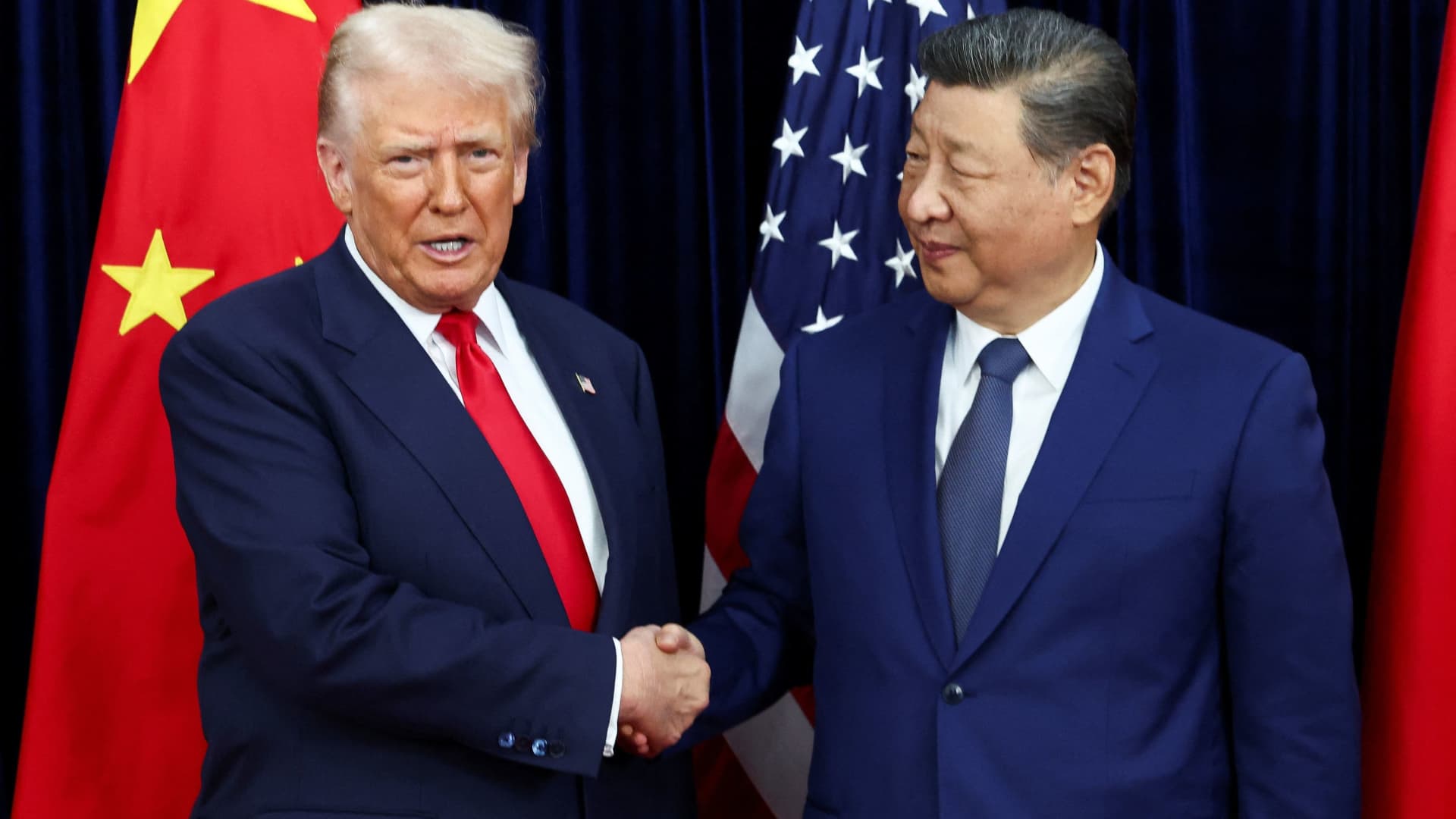
The US-China trade truce, effective late October 2025, offers a critical one-year pause on China’s rare earth export controls, easing supply chain fears. This development is vital for investor sentiment and market stability, with key indices showing moderate gains as of market close Oct 30, 2025.
This respite allows businesses to recalibrate strategies and investors to assess evolving market dynamics amidst persistent geopolitical tensions. The market will closely monitor adherence to this fragile agreement.
While specific stock movements are not detailed, general market sentiment is cautiously optimistic, with investor focus on long-term critical mineral supply chains.
Our analysis delves into the specifics of the rare earths deal and its implications.
Expert Market Analysis
The US-China trade truce, enacted in late October 2025, signifies a crucial, albeit temporary, de-escalation of trade tensions that had previously cast a shadow over global economic forecasts. The central tenet of this agreement is a one-year moratorium on China’s rare earth export controls. This strategic move by Beijing, which had previously utilized its dominant position in rare earth supply to exert pressure on the United States, provides essential relief. Historically, US-China trade disputes have been significant drivers of market volatility, impacting commodity prices, manufacturing output, and consumer demand across the globe. While this truce is not a definitive resolution to the underlying trade conflict, it offers vital breathing room for businesses to reassess their supply chain strategies and for investors to analyze evolving market conditions amidst ongoing geopolitical uncertainties. This agreement follows months of heightened tensions, marked by reciprocal tariff threats that had jeopardized global economic growth projections for 2025. The paramount importance of rare earths in pivotal sectors such as electric vehicles and advanced electronics underscores the strategic significance of this pause, positioning it as a pivotal moment for global economic planning and resource security.
From a fundamental perspective, the truce provides immediate relief by averting further tariff escalations, particularly on rare earth products which had faced potential hikes to 100%. The announcement by President Trump regarding a reduction in tariffs on fentanyl-related goods from 20% to 10% also signals a willingness to engage in targeted negotiations. The postponement of the U.S. entity list, which blacklists Chinese companies, represents another positive development contributing to market stability. While the suspension of port fees for one year offers a degree of predictability, the long-term ramifications of this accord will critically depend on strict adherence to its terms and the broader geopolitical climate. Analysts will be keenly observing trade data for indications of increased agricultural and energy purchases from the U.S. by China, as hinted at by Trump, though specific details remain vague in official statements from the Chinese Ministry of Commerce. Ongoing discussions concerning Nvidia chips and the potential for a deal with China highlight the critical role of technology within the bilateral trade relationship, carrying significant implications for global semiconductor supply chains and innovation trajectories.
In comparison to prior trade negotiations, China’s strategic deployment of rare earth elements as leverage is a potent tactic, echoing earlier uses of agricultural embargoes. This situation underscores the inherent vulnerabilities within U.S. supply chains across critical sectors, including semiconductors, electric vehicles, and defense, where rare earths are indispensable components. While the truce offers a much-needed period of calm, the underlying strategic competition between the two economic powers persists. Consequently, competitors in nations such as Australia and Canada may find opportunities to expand their rare earth production capacity and enhance their market share, particularly if the U.S. pursues diversification of its sourcing strategies to reduce reliance on China. The long-term outlook for the global rare earth market will be intrinsically linked to the success of sustained diplomatic efforts and the ongoing investment in alternative supply chain infrastructures, potentially leading to a significant reshaping of global mining and refining landscapes.
The prevailing expert sentiment characterizes the current situation as an “uneasy truce” rather than a lasting resolution, suggesting that the broader trade war is merely in a state of dormancy. For investors, this necessitates continued vigilance and a keen awareness of evolving risks and opportunities. Potential gains may emerge for companies positioned to benefit from a stabilized trade environment, particularly within the agriculture and technology sectors, contingent upon the materialization of concrete trade deals. However, inherent risks persist, including the possibility of renewed trade tensions and the inherent unpredictability associated with the annual renegotiation of trade terms. Key indicators to monitor will include the actual implementation of Chinese purchases of U.S. goods and any further diplomatic engagements between the two nations. Investors are advised to maintain a well-diversified portfolio and closely track trade policy developments to effectively navigate the complex and evolving geopolitical risk landscape.
Related Topics:
US China trade truce 2025, rare earth elements analysis, US China trade war, Nvidia chips China, critical minerals market, global supply chains, geopolitical risk market, 2025 trade outlook

